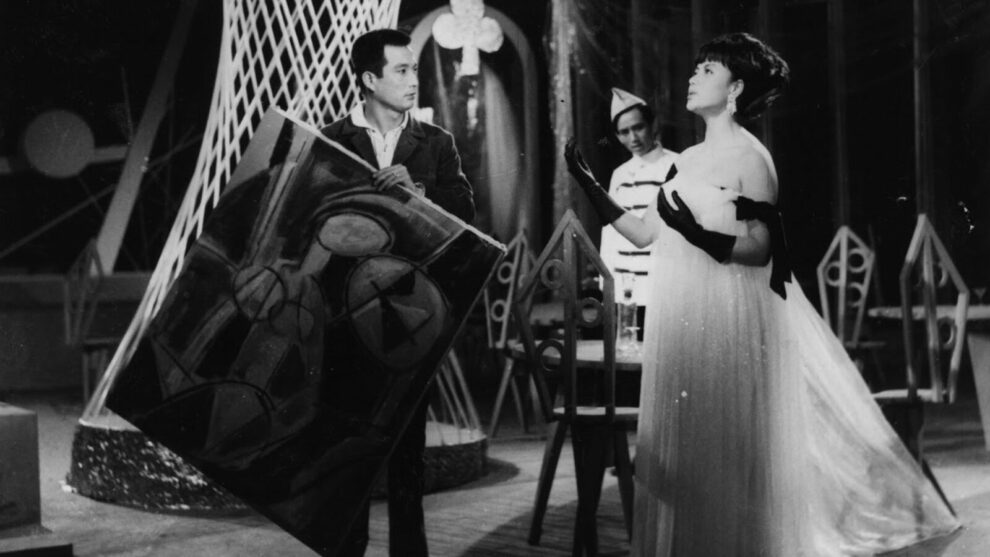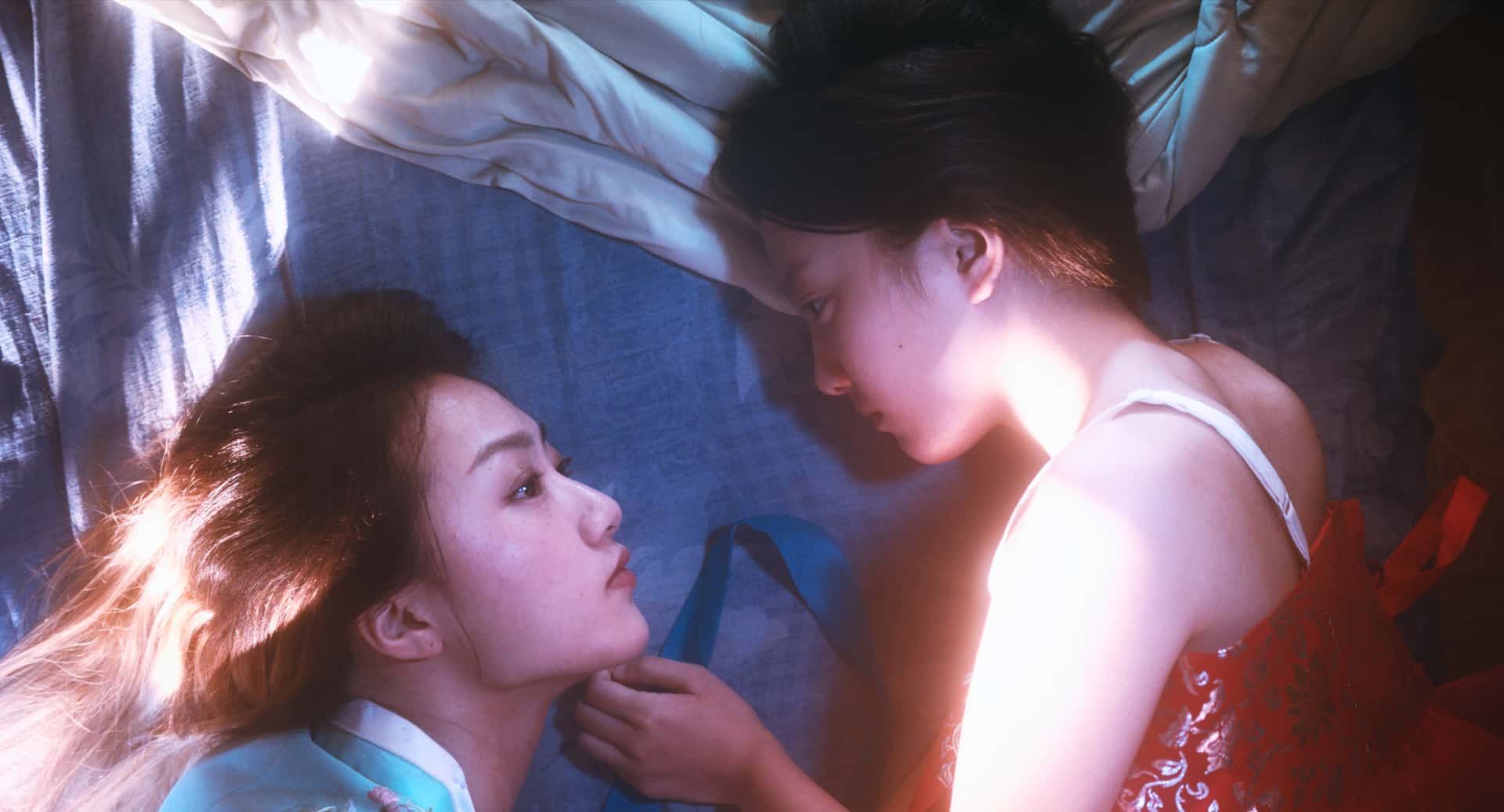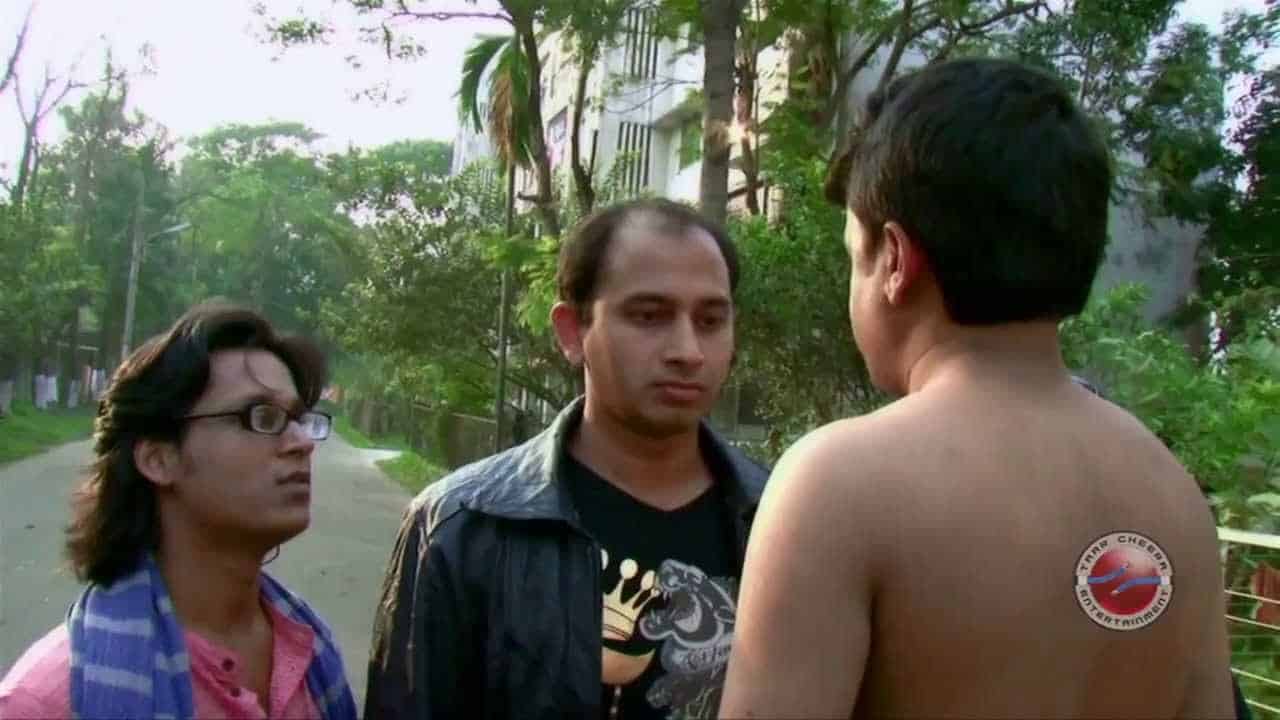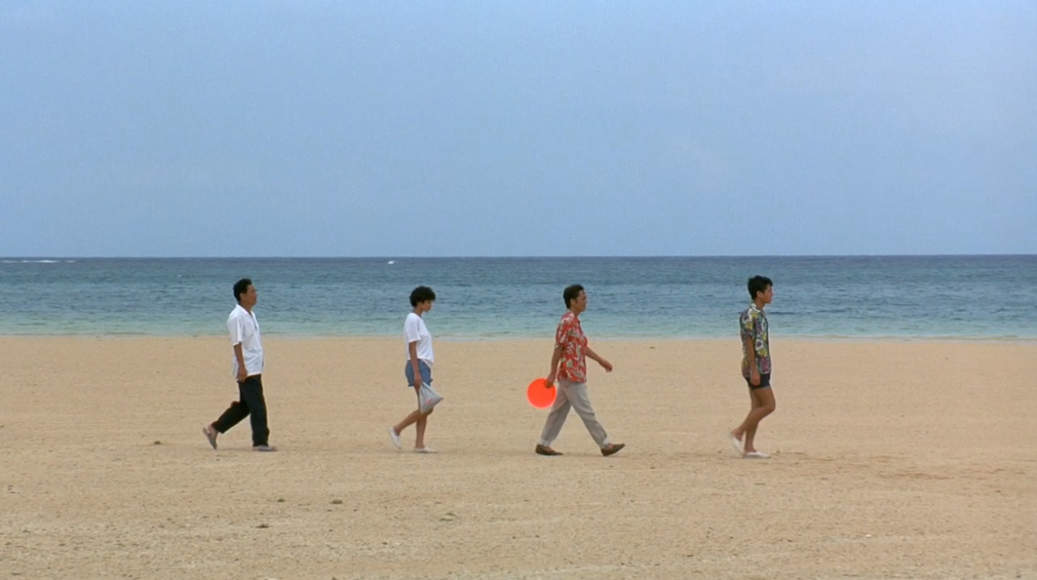While today many cinephiles and critics alike focus on directors such as Bong Joon-ho and Park Chan-wook, much of their work's political narratives, social commentary and indeed their visuals can be traced all the way back to filmmakers such as Yu Hyun-mok. Even though his most famous work is the brilliant “The Aimless Bullet”, one of the most influential works of the 1960s, he has directed many features worth discussing and also discovering, as many of them have not even been screened outside of Korea. Throughout his career, Yu was never fixed on one approach in terms of storytelling or visuals, but rather experimented, which is very much the case for his 1965 feature “Empty Dream”,a work based on a Japanese pink film by the title “Daydream”. However, Yu transcends the foundation of the story in many ways, creating a movie that is sometimes deeply funny and silly, while also defined by an acidic social commentary.
Empty Dream is screening at Film At Lincoln Center, as part of the Korean Cinema's Golden Decade: The 1960s program
The film begins in a dentist's office. A man (Shin Seong-il) and a woman (Park Su-jeong) are two of the patients, both suffering from a terrible toothache. As the doctor begins his operation on them, the man and the woman fall unconscious, the latter due to the anesthesia and the former because of the pain of having his tooth drawn out. Additionally, as he sees the female patient lying next to him, he begins to dream about going on adventures with her.
The male patient dreams of being one of many visitors at a nightclub, where he finds the woman, who is now a singer at the establishment. Wanting to elope with her, he realises he has to fight off her suitor, the owner of the club, who continues to haunt the couple throughout their following adventures.
Check also this interview
It is a great shame “Empty Dream” was banned for a long time due to a misconception and a false allegation. Yu's work, while it shares some of the original's premise and visuals, goes far beyond the feature it is based on in many aspects. The opening scene of three children, two boys and one girl, dancing to a somewhat psychedelic version of Johann Strauss' “The Blue Danube” sets the tone for what is to come, which is essentially a story that feels bizarre, comedic and also quite elegant at times. The transitions between the sections of the feature, the reality and the dream world, happen suddenly, suggesting a direct link between the world and the fantasy of the two main characters, especially the male patient whose attraction towards the woman sets in motion what is happening in the dream world.
Given the sudden changes between reality and dream, there are also changes within the mood of the whole movie. What begins as something reminiscent of a bizarre sketch develops into an even more bizarre and twisted film noir-type of story, and goes even further, as it delves deep into expressionist aesthetics. Shin Seong-il and Park Su-jeong do their best to keep up with the various changes in tone, with their performances blending the melodramatic and the high theatrics, which is quite suitable considering “Empty Dream” also becomes quite expressionistic, as mentioned before. Some of the set pieces created are quite stunning and interesting, especially in terms of lighting, for example, the night club, which seems more like a heightened male dream. The scene in the desert (?) on the other hand, emphasizes the desperation and the dawning realization of the two characters (again, especially the man), their dream of being together and fulfilling their desire might not be as easy to achieve as they were hoping for.
In the end, “Empty Dream” is an interesting and highly artistic feature, telling a story about male longing, attraction and the border between reality, dream and desire.
















